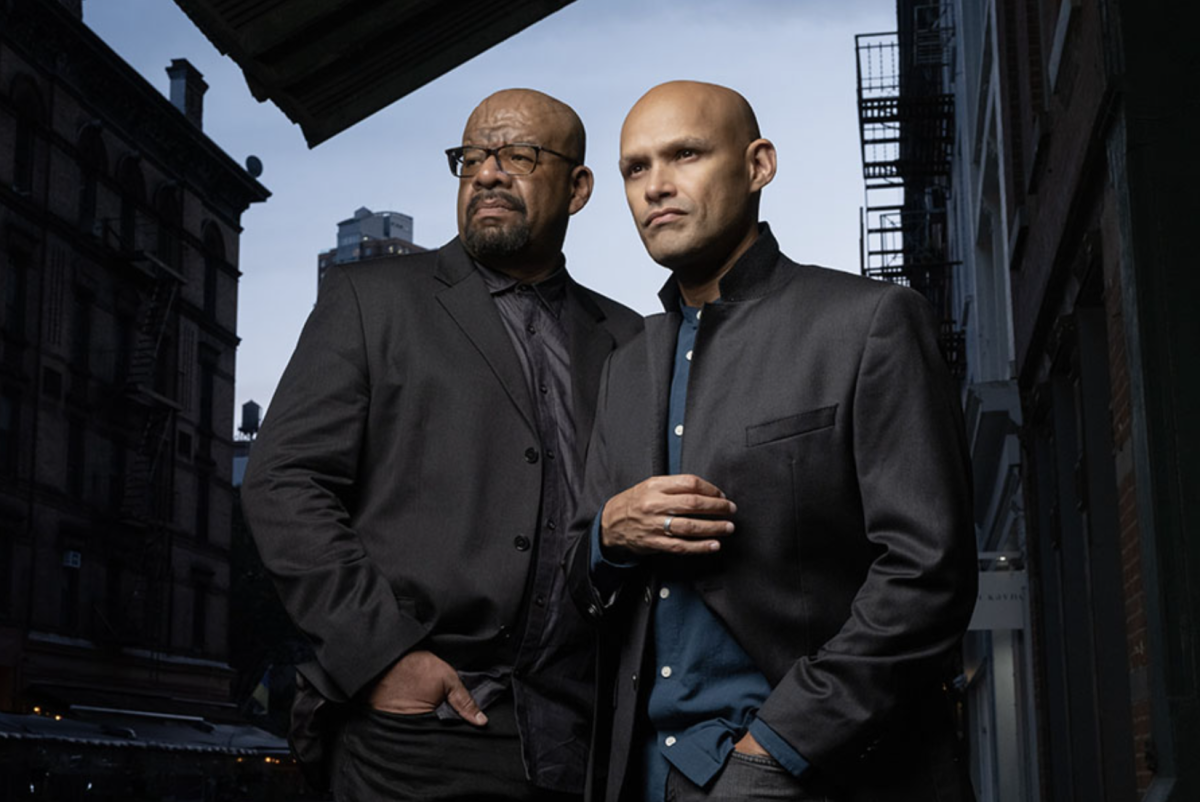Tuesday of last week, New Yorkers in lower Manhattan were shocked as a nearly-naked, cloven-hoofed Hillary Clinton appeared in the streets. Perched atop a map with a blood-covered pinpoint on Benghazi strewn with political cartoons and deleted emails, the Democratic presidential nominee’s likeness was garishly depicted with an open blouse, accompanied by an exaggerated Wall Street banker puckering his lips in apparent preparation to breastfeed from Clinton. The statue caused an uproar as a Clinton supporter, known only as “Nancy,” knocked over and broke parts of the statue while alleged artist 27-year-old Anthony Scioli—suspiciously absent in any Internet searches despite contemporary art’s heavy reliance on viral publicity—fought desperately to save it. Eventually, police asked Scioli to remove the statue because of his lack of permit.
The Clinton statue comes months after anarchist collective Indecline’s coordinated effort to erect naked Donald Trump statues in Seattle, San Francisco, Cleveland, Los Angeles and New York. In August, the group’s NYC Trump statue, depicted sans testicles and cheekily named “The Emperor Has No Balls,” received an entirely different reaction—bystanders took selfies, crowds gathered and jeered, the New York City Parks Department even tweeted, “NYC Parks stands firmly against any unpermitted erection in city parks, no matter how small.”
As with anything tied to this hellish election cycle, opinion writers jumped at the chance to give their two-cents on the distinct disparity of reactions. Linda Stasi of the “New York Daily News” defended the Hillary statue as “protest art—no matter if you find it obscene or ugly or not” and that knocking over the statue was “an attempt on Nan part to stop freedom of expression.” Meanwhile, Carin Kuoni, a professor of contemporary art and political engagement at The New School told the Associated Press, “The history of how the female body appears has clearly been so negatively coded and inscribed that it makes for a completely different intervention when you see the sculpture of a naked woman than when you see a naked man.”
I’m more inclined to agree with Kuoni on this issue. Not all statues are created equal, and the rancor and misogyny embedded in the Clinton statue warranted the type of reaction it received. It is one thing for an artist to poke fun at the size of a man’s genitalia, especially when the subject of ridicule has publicly made statements defending the size of his penis in his pursuit for the presidency of the United States, but another thing entirely when the artist goes so far as to define the subject by her mistakes and liken her to Satan. Not only that, but the statue of Clinton is shown breastfeeding a Wall Street banker. Talk of male genitalia has more or less been normalized, but in a time when breastfeeding in public is still a touchy subject, this provocative imagery is surely meant to denounce a female bodily function, which is inherently sexist, and points to the bigger issue some may have with a female presidential nominee.
Not every politically-charged street artist can be Banksy, and the artist of the Hillary statue proves this by focusing not on the far-reaching issues of society, but by reiterating the tired defamation of Clinton. So often on the lips of conservative opponents, the phrases “deleted emails” and “Benghazi” no longer have that scandalous shine. The statue is nothing but a tasteless attempt at a political cartoon come to life, and yet people still choose to defend it.
Scioli, or whomever the statue can be attributed to, attempted protest art and his efforts backfired incredibly, but he did spark a conversation about obscenity and free speech. It’s not a matter of thin-skinned liberals taking offense to anything and all; the statue represents exactly what has gone wrong in this election cycle: a focus on name-calling and petty insults rather than answering to real issues. The First Amendment protects this kind of protest, of course, but the fact that it does, does not mean people should find it acceptable. Nancy may have acted alone, but she acted on the feelings of dozens of others, and the right of free speech goes both ways—Twitter users blasting Nancy for her actions are tamping her right to express her displeasure of the statue.
Men and women might have been created equal, but they still are not treated as such, and until equality is the case in all senses of the word, Nancy was justified to act on what she saw as offensive, because it was designed in a way that intentionally insulted women and dirtied an aspect of womanhood. So please, quasi-progressive op-ed writers and Twitter users, remember the misogyny that has followed Hillary’s—and every other professional woman’s—career before rushing to defend it.



